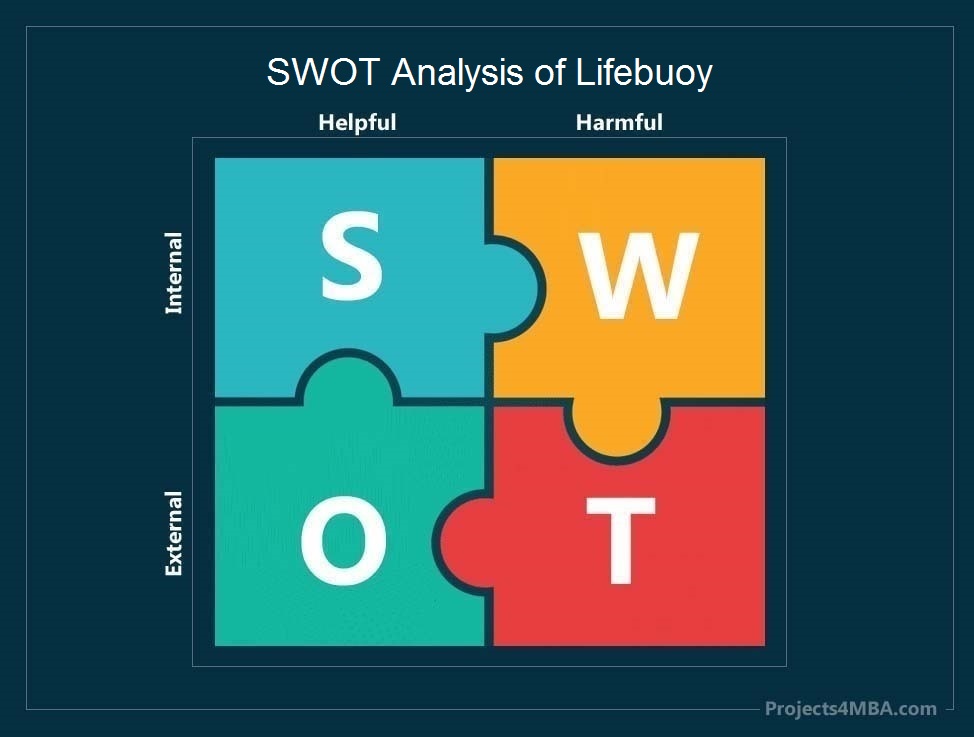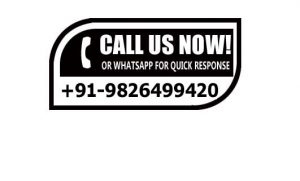SWOT Analysis of Lifebuoy focuses on Strengths, weaknesses, opportunities, and threats. Strength and Weakness are the internal factors and Opportunities and Threats are the external factors that influence the SWOT Analysis of Lifebuoy
Strengths are defined as the best thing every company does in its range of activities that can give it hold on its competitors. Weaknesses are used in areas in which improvement of the business or brand is necessary. Opportunities are the environmental avenues around the enterprise that can be used to increase its income. Threats are environmental factors that can adversely affect business growth.
Lifebuoy, a product of Unilever, stands as one of the oldest offerings from the company. It holds the distinction of being the pioneer soap to incorporate the disinfectant chemical carbonic acid, imparting a robust medicinal scent and a distinctive red color. Regarded as one of the top 15 brands globally, Lifebuoy has maintained its status as a billion-dollar brand for numerous years.
Originally a British soap brand marketed by Unilever, Lifebuoy’s early formulations included carbolic soap with phenol (carbolic acid), derived from coal tar. However, contemporary Lifebuoy soaps no longer contain phenol, and the brand now offers a diverse range of product variations.
Lifebuoy’s inception traces back to William Lever’s initiative to combat cholera in Victorian England. Over the ensuing century, Lifebuoy has evolved into the world’s leading germ protection soap, achieving the status of the #1 selling product globally. As a global leader, Lifebuoy continues its mission to enhance health and hygiene for billions worldwide.

Strengths in the SWOT Analysis of Lifebuoy
- Established Trust: With a market presence spanning over a century, Lifebuoy has successfully cultivated trust among its customers. The brand’s emphasis on health and effective communication strategies has contributed to building credibility and fostering a dedicated customer base.
- Medicinal Focus: Lifebuoy strategically positions itself as a soap with medicinal attributes, designed to combat germs and offer a healthy disinfectant bathing experience.
- Affordability: Catering to diverse markets, especially rural areas, Lifebuoy maintains an affordable pricing range, ensuring accessibility to a wide spectrum of consumers.
- Robust Distribution Network: Lifebuoy boasts a formidable global distribution network, ensuring the availability of its products even in the remotest corners of various countries. The brand actively engages in reaching out to high-demand rural markets through targeted efforts.
- Diversified Product Range: Lifebuoy has successfully expanded its product offerings by introducing popular items such as hand wash, body wash, and hand sanitizer. This strategic product line extension has significantly contributed to the augmentation of Lifebuoy’s revenue streams.
- Backed by Unilever: Enjoying a competitive edge, Lifebuoy benefits from being part of the Unilever portfolio. This affiliation provides valuable support in terms of distribution channels and financial resources.
- Socially Relevant Awareness Campaigns: Lifebuoy has launched various awareness campaigns with a social message, exemplified by initiatives like the “Hath Dhoye Kya?” mission during the Kumbh Mela in India. These campaigns not only raise awareness but also convey important social messages, showcasing Lifebuoy’s commitment to public well-being.
- Recognitions and Awards: When a brand is recognized with prizes and awards, customers may put their trust in it. Lifebuoy has garnered several awards throughout the years.
- Superb Performance in New Markets: Lifebuoy has built expertise in entering new markets and making a success of them. The expansion has helped the organization to build a new revenue stream and diversify the economic cycle risk in the markets it operates.
Weaknesses in the SWOT Analysis of Lifebuoy
- Perceived as Male-Oriented: Despite Lifebuoy’s concerted efforts to position itself as a family brand, it continues to be perceived primarily as a brand catering to a male audience.
- Limited Urban Popularity: Although priced for accessibility, Lifebuoy faces challenges in gaining popularity in urban markets, resulting in comparatively lower penetration in these areas.
- Considered as Lower Tier: The combination of affordable pricing and the perception of not being a beauty soap has led to Lifebuoy being viewed as an inferior product in comparison to other offerings in the market.
- New Technology: Need more investment in new technologies. Given the scale of expansion and different geographies the company is planning to expand into, Lifebuoy needs to put more money into technology to integrate the processes across the board. Right now the investment in technologies is not at par with the vision of the company.
Opportunities in the SWOT Analysis of Lifebuoy
- Rising Disposable Incomes: As global disposable incomes witness an upward trend, an anticipated surge in consumption within the FMCG industry is expected, leading to a subsequent increase in sales.
- Promotion with a Purpose: Unilever’s focus on delivering social messages through product promotion is evident, and Lifebuoy has been actively involved in such initiatives. To further this approach, Lifebuoy could embark on missions to address global epidemics, aligning its promotion with impactful social causes.
- Growing Health Consciousness: The global increase in health awareness presents an advantageous opportunity for Lifebuoy, given its disinfectant composition. Capitalizing on this trend can enhance the brand’s appeal in a health-conscious market.
Threats in the SWOT Analysis of Lifebuoy
- Fierce Market Rivalry: Lifebuoy faces fierce competition from both local and global products, including Dettol and Savlon. The intense competition has repercussions on Lifebuoy’s market share.
- Intra-Brand Competition: Unilever’s portfolio includes multiple products in the same category, like Lux and Dove. While each product targets distinct market segments, there is a potential for intra-brand competition, leading to market cannibalization at a granular level.
- Rising Herbal Product Awareness: The global surge in awareness of herbal-based products poses a challenge to Lifebuoy, which primarily features chemical-based formulations. This shift in consumer preference towards herbal alternatives could impact Lifebuoy’s market positioning.
- Government Regulations: Government regulations can also affect the production and sales of the company.
- New Entrants: New Entrants can also be a major threat.
If you like this article you can recommend your friends about PROJECTS4MBA.COM
If you like This Article Please Like our Facebook Page PROJECTS4MBA

